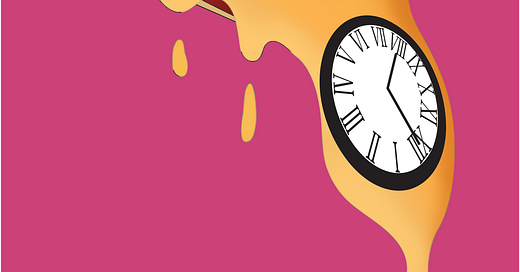30 minutes or less is not a policy followed by my brother, or Domino’s anymore for that matter. My brother runs on what we like to call Dominican time. If I need for my brother to be somewhere at 5:30 I tell him to arrive at 4:30…and even with that extra time, he might still be late.
My brother’s lateness is usually not of substantive importance, like how one doesn’t need to get their pizza right on time. If only Domino’s had operated on Dominican time. But since 1989, there have been stories of rushing Domino’s delivery drivers becoming reapers;
2012: In Southeast Texas, Susan was struck by a speeding Domino’s delivery driver and later died of her injuries.
2010: In South Korea, a part-time Domino’s delivery driver drifted into a head-on collision with a taxi, and the taxi driver died upon impact.
1990: In Calumet City, Ruth was struck dead by a Domino’s delivery driver who “drove too fast in the rainy weather to meet the deadline.”
1989: In Fullerton, two trick-or-treating children are struck to death by a Domino’s delivery driver who ran a red light.
All of these deaths could have been avoided by Dominican time. While Domino’s altered their 30 minutes or less policy in 1986 and globally ended the policy in 2014; they still incentivize drivers who make speedy deliveries. Why does the pizza come in 30 minutes or less but not all the ambulances? Why do some of the ambulances run on Dominican time and not the Domino’s delivery drivers?
2021: In Fort Myers, at a family gathering, an uncle from his living room makes a call to order Domino’s. Meanwhile, outside, on the patio, his mother is suffering a TIA and his wife calls 911. When the EMTs arrived, they could tell the pizza was cold.
Anthony David Vernon is an adjunct professor of philosophy in South Florida and a Cuban-American literary writer.




